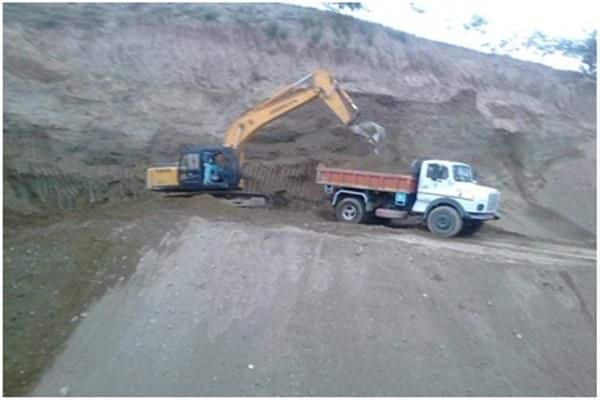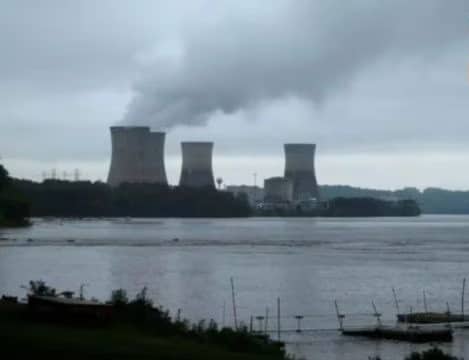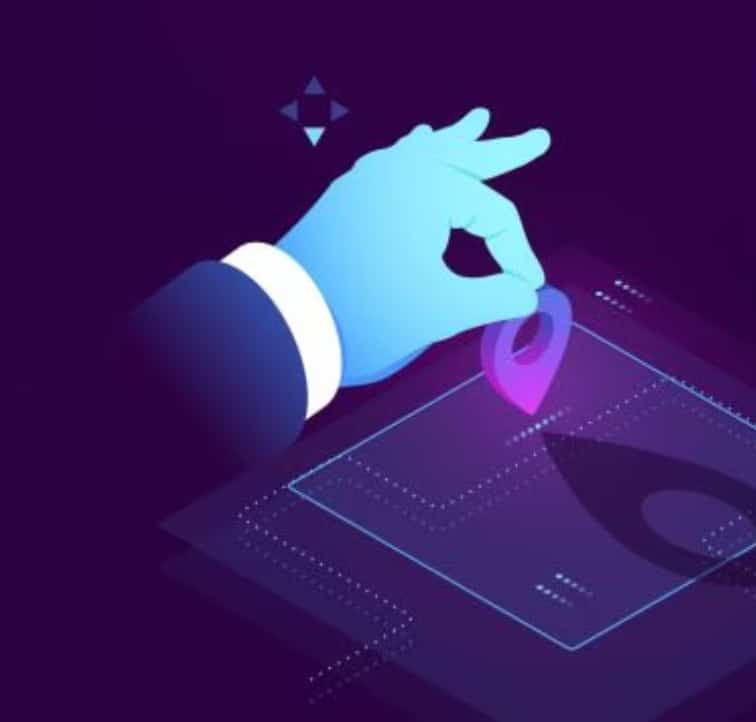What’s in today’s article?
- Why in the News?
- About Reserve Bank of India (RBI)
- Composition of the RBI
- Primary Functions of the RBI
- Journey of the RBI
- News Summary
Why in the News?
- Prime Minister Narendra Modi addressed a ceremony to mark 90 years of the Reserve Bank of India in Mumbai.
About Reserve Bank of India (RBI)
- The Reserve Bank of India, abbreviated as RBI, is India’s central bank and regulatory body responsible for regulation of the Indian banking system.
- It is responsible for the control, issue and maintaining supply of the Indian rupee.
- The RBI was established in 1934, under the Reserve Bank of India Act.
The bank was set up based on the recommendations of the 1926 Royal Commission on Indian Currency and Finance, also known as the Hilton Young Commission.
- Though privately owned initially, it was nationalized in 1949 and since then fully owned by the Ministry of Finance, Government of India.
Composition of the RBI
- The overall direction of the RBI lies with the 21-member central board of directors, composed of:
- One Governor;
- Four Deputy Governors;
- Two Finance Ministry Representatives (usually the Economic Affairs Secretary and the Financial Services Secretary);
- Ten government-nominated Directors; and
- Four Directors who represent local boards for Mumbai, Kolkata, Chennai, and Delhi.
- Each of these local boards consists of five members who represent regional interests and the interests of co-operative and indigenous banks.
- The first Governor of the RBI was the Australian Sir Osborne Arkell Smith. Sir C D Deshmukh was the first Indian to become Governor.
Primary Functions of the RBI
- Monetary Authority:
- Formulates, implements and monitors the monetary policy.
- Objective: maintaining price stability while keeping in mind the objective of growth.
- Regulator and Supervisor of the Financial System:
- Prescribes broad parameters of banking operations within which the country’s banking and financial system functions.
- Objective: maintain public confidence in the system, protect depositors’ interest and provide cost-effective banking services to the public.
- Manager of Foreign Exchange:
- Manages the Foreign Exchange Management Act, 1999.
- Objective: to facilitate external trade and payment and promote orderly development and maintenance of foreign exchange market in India.
- Issuer of Currency:
- Issues, exchanges and destroys currency notes as well as puts into circulation coins minted by Government of India.
- Objective: to give the public adequate quantity of supplies of currency notes and coins and in good quality.
- Developmental Role:
- Performs a wide range of promotional functions to support national objectives.
- Regulator and Supervisor of Payment and Settlement Systems:
- Introduces and upgrades safe and efficient modes of payment systems in the country to meet the requirements of the public at large.
- Objective: maintain public confidence in payment and settlement system
- Related Functions:
- Banker to the Government: performs merchant banking function for the central and the state governments; also acts as their banker.
- Banker to banks: maintains banking accounts of all scheduled banks.
Journey of the RBI
- 1935-1949:
- The Reserve Bank of India was founded on 1 April 1935 to respond to economic troubles after the First World War.
- India was the first colony to have its own central bank.
- 1950-1960:
- In the 1950s, the Indian government developed a centrally planned economic policy that focused on the agricultural sector.
- The administration nationalized commercial banks and established, based on the Banking Companies Act, 1949, a central bank regulation as part of the RBI.
- Furthermore, the central bank was ordered to support economic plan with loans.
- 1961-1968:
- As a result of bank crashes, the RBI was requested to establish and monitor a deposit insurance system.
- The government of India restructured the national bank market and nationalized a lot of institutes.
- As a result, the RBI had to play the central part in controlling and supporting this public banking sector.
- 1969-1984:
- In 1969, the Indira Gandhi-headed government nationalized 14 major commercial banks.
- The central bank became the central player and increased its policies a lot for various tasks like interests, reserve ratio and visible deposits.
- 1985-1990:
- The Indian financial market was a leading example for so-called “financial repression”.
- The Discount and Finance House of India began its operations in the monetary market in April 1988; the National Housing Bank, founded in July 1988, was forced to invest in the property market and a new financial law improved the versatility of direct deposit by more security measures and liberalisation.
- 1991-1999:
- The national economy contracted in July 1991 as the Indian rupee was devalued.
- The currency lost 18% of its value relative to the US dollar, and the Narsimham Committee advised restructuring the financial sector by a temporal reduced reserve ratio as well as the statutory liquidity ratio.
- New guidelines were published in 1993 to establish a private banking sector.
- The central bank deregulated bank interests and some sectors of the financial market like the trust and property markets.
- 2000-2009:
- The Foreign Exchange Management Act, 1999 came into force in June 2000.
- The national economy’s growth rate came down to 5.8% in the last quarter of 2008–2009 and the central bank promotes the economic development.
- Since 2010:
- In 2016, the Government of India amended the RBI Act to establish the Monetary Policy Committee (MPC) to set.
- This limited the role of the RBI in setting interest rates, as the MPC membership is evenly divided between members of the RBI (including the RBI governor) and independent members appointed by the government.
- In April 2018, the RBI announced that “entities regulated by RBI shall not deal with or provide services to any individual or business entities dealing with or settling virtual currencies,” including Bitcoin.
News Summary
- The Prime Minister, Shri Narendra Modi addressed the opening ceremony of RBI@90, a program marking 90 years of the Reserve Bank of India, in Mumbai.
- Addressing the occasion, the Prime Minister said that the Reserve Bank of India has reached a historic landmark today completing 90 years of existence.
- He underlined that the RBI has witnessed both the pre- and post-independence eras and it has created an identity around the world based on its professionalism and commitment.
- “The next decade is extremely important for the resolutions of a Viksit Bharat”, PM Modi said, highlighting the RBI’s priority towards fast-paced growth and focus on trust and stability.
- Prime Minister Modi pointed out that even though the discussions related to the RBI are often limited to financial definitions and complex terminologies, the work carried out at RBI directly makes an impact on the lives of common citizens.
- The Prime Minister emphasized the importance of clarity for the targets of the next 10 years.
- He pointed out the importance of keeping an eye on the changes brought about by the cashless economy while promoting digital transactions.
- He also stressed the need for deepening financial inclusion and empowerment processes.
- Noting that India is the most youthful nation in the world today, the Prime Minister touched upon RBI playing a critical role in fulfilling the aspirations of the youth.
- PM Modi underlined the importance of a strong Banking industry for providing required funding to the projects of the nation.
He noted the changes brought about by technologies like AI and BlockChain and noted the importance of cyber security in the growing digital banking system.
Q1. What is Bank Rate?
Bank rate is a rate at which the Reserve Bank of India (RBI) provides the loan to commercial banks without keeping any security. There is no agreement on repurchase that will be drawn up or agreed upon with no collateral as well. The RBI allows short-term loans with the presence of collateral.
Q2. What is NBFC in simple terms?
A non-banking financial institution or non-bank financial company is a financial institution that is not legally a bank; it does not have a full banking license or is not supervised by a national or international banking regulatory agency.
Last updated on December, 2025
→ Check out the latest UPSC Syllabus 2026 here.
→ Join Vajiram & Ravi’s Interview Guidance Programme for expert help to crack your final UPSC stage.
→ UPSC Mains Result 2025 is now out.
→ UPSC Notification 2026 is scheduled to be released on January 14, 2026.
→ UPSC Calendar 2026 is released on 15th May, 2025.
→ The UPSC Vacancy 2025 were released 1129, out of which 979 were for UPSC CSE and remaining 150 are for UPSC IFoS.
→ UPSC Prelims 2026 will be conducted on 24th May, 2026 & UPSC Mains 2026 will be conducted on 21st August 2026.
→ The UPSC Selection Process is of 3 stages-Prelims, Mains and Interview.
→ UPSC Result 2024 is released with latest UPSC Marksheet 2024. Check Now!
→ UPSC Prelims Result 2025 is out now for the CSE held on 25 May 2025.
→ UPSC Toppers List 2024 is released now. Shakti Dubey is UPSC AIR 1 2024 Topper.
→ UPSC Prelims Question Paper 2025 and Unofficial Prelims Answer Key 2025 are available now.
→ UPSC Mains Question Paper 2025 is out for Essay, GS 1, 2, 3 & GS 4.
→ UPSC Mains Indian Language Question Paper 2025 is now out.
→ UPSC Mains Optional Question Paper 2025 is now out.
→ Also check Best IAS Coaching in Delhi

















